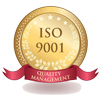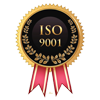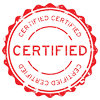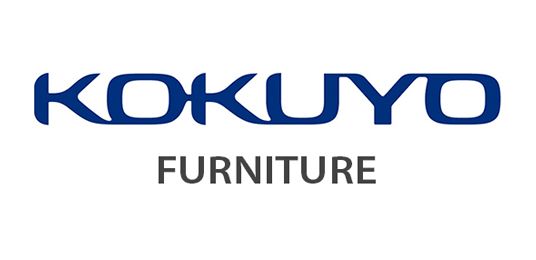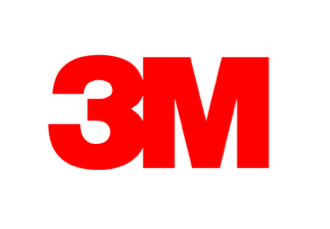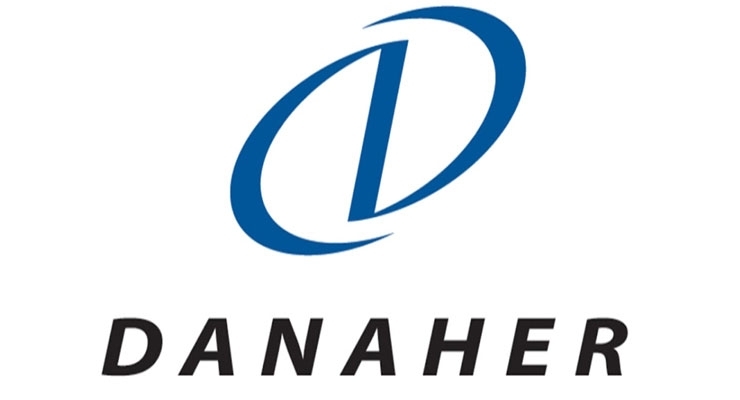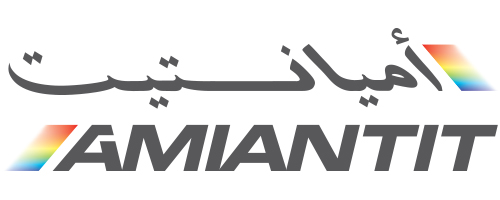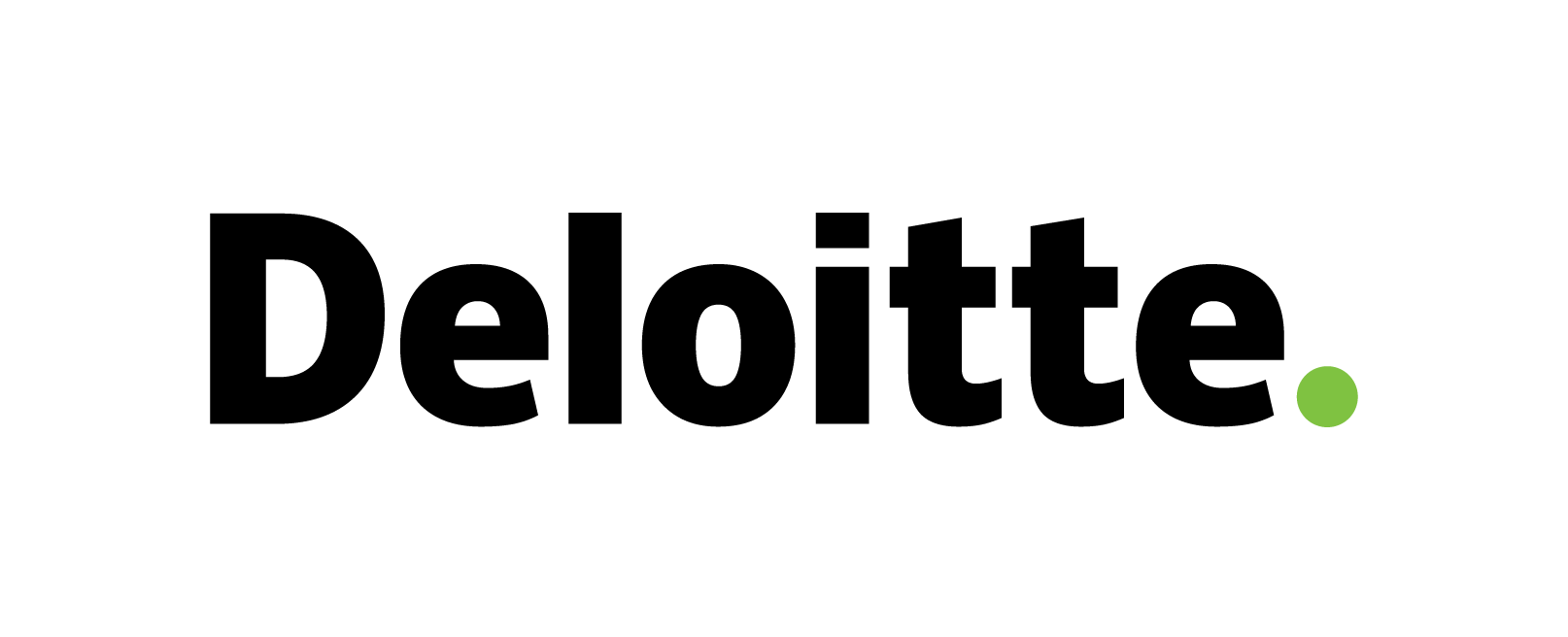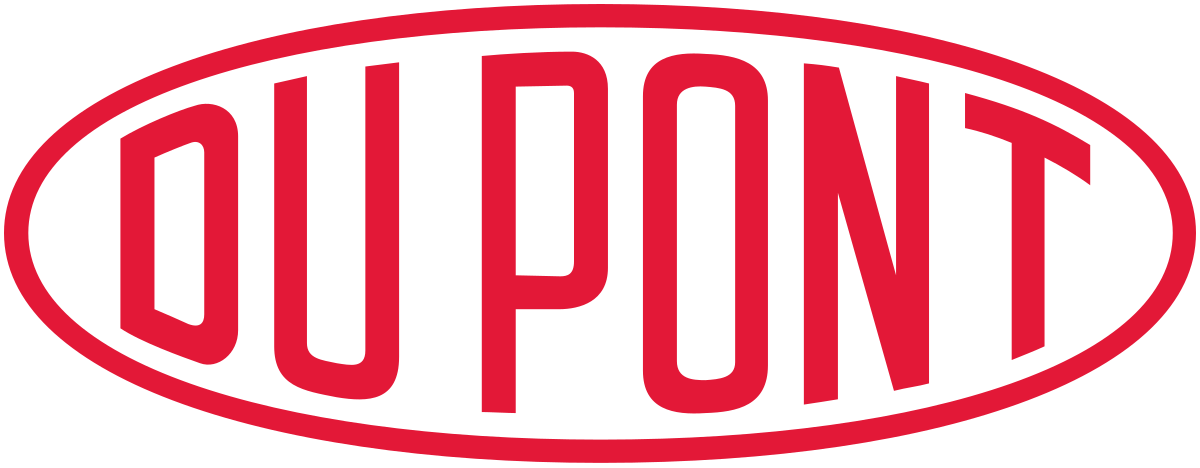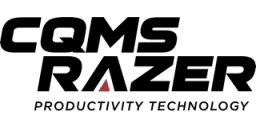Electric Bus Market
Electric Bus Market Trends, Opportunity, and Forecast Analysis, 2024-2033
Electric Bus Market revenue to generate USD 159.1 billion by 2033, according to KDMI analyst’s growth analysis. The market is segmented by Type, Battery Type, Application, End-Use and by region.
Electric Bus Market Size Survey Report – In a Glance
As per the survey report on global Electric Bus Market, the market is projected to foresee a CAGR of 12.7% between 2024-2033, and further generate a market size of USD 159.1 billion revenue by the end of 2033. In the year 2024, the market size was valued at USD 54.7 billion revenue.
- The global Electric Bus Market is projected to grow on account of increasing demand for zero emission vehicles.
- In Japan, the new project launches can be attributed to the growth in the Electric Bus Market.
- KDMI analyst’s growth analysis foresees safety concerns in EV batteries compliance to challenge the market growth.
- Asia Pacific, having the highest market share in the Electric Bus Market, is projected to dominate the global market.
Electric Bus Market Analysis
Electric buses function similarly to electric cars by plugging into the electric city grid to be charged and saving the electricity in batteries for future use. The increased demand for zero-emission vehicles is a significant growth driver of the global electric bus market. Electric buses are crucial for zero emission and zero noise mobility in cities. Electric buses are powered exclusively by electric motors, the cycle of which generates zero greenhouse gas. The ZEV ( Zero Emission Vehicle ) order establishes targets for the sale of ZEV by van and car manufacturers within the UK. Several ZEV programs and policies deal with battery recycling & reuse, charging infrastructure, and FCEV employment rolled out as of 2020. Several local governments include measures specially targeted at assisting ZEV sales, such as providing restricted purchase subsidies and charging rebates to novel ZEV adopters. BYD Company Limited, AB Volvo and Proterra are significant players in the global Electric Bus market.
Analyst’s Observation on Japan Electric Bus Market Survey
New launches in electric bus zones by leading companies such as Hyundai are driving the growth of the Japanese electric buses market. As of November 20, 2023, BYD officially announced the launch of J7, a medium-sized E-Bus articulated for the Japanese market. The J7 commenced accepting reservations as of January 1, 2024, with anticipated deliveries arranged for fall 2025. In addition to integrating zero-emission BEV technology, the ERGA EV is the 1st bus in Japan with a total flat floor design. The ERGA EV is at the forefront of launching next-generation buses in Japan, propelling the momentum towards carbon neutrality in public transportation. Isuzu Motors Limited and Hyundai are significant players in the Japanese Electric Bus market.
|
Electric Bus Market: Report Scope |
|
|
Base Year |
2023 |
|
Estimated Market Size |
USD 54.7 billion in 2024 |
|
Forecast Year |
2024-2033 |
|
Projected Market Size |
USD 159.7 billion in 2033 |
|
CAGR Value |
12.7% |
|
Electric Bus Market Key Trends/Major Growth Drivers |
|
|
Restraint Factors |
|
|
Electric Bus Market Segmentation |
|
|
Fastest Growing Region |
|
|
Electric Bus Market Key Players |
BYD Company Limited, AB Volvo, Proterra, Daimler Truck AG, Zhengzhou Yutong Bus Co., Ltd., CAF, VDL Groep, Ashok Leyland Limited, Siemens AG, Tata Motors Limited., and Others |
Electric Bus Market Growth Driver & Market Restraint
Market Growth Driver
Increasing concern of air pollution:
Vehicular emission is intensified because of adulterated auto fuel, and fuel adulteration expands the release of hydrocarbons, nitrogen oxides, carbon monoxide and particulate matter and ultimately increases air pollution. Buses, Cars & trucks powered by fossil fuels significantly contribute to air pollution. Transport is responsible for more than half of nitrogen oxides in the air, and is the chief source of heat-trapping releases in the United States. Motor vehicles emit pollutants, mostly carbon dioxide, which contributes to worldwide climate change. 96% of the EU’s urban population is exposed to unsafe particulate matter deposits. The increasing concern of air pollution is a significant growth driver of the electric bus market.
Market Restraint Factor and Challenges
Safety concerns:
In spite of the increasing requirement for electric buses, the market is restricted by safety concerns regarding the expensive production nature of EV batteries. Concerns regarding battery security include the likelihood of fires and thermal runaway, making it problematic for widespread adoption. The lithium-ion batteries widely used in EVs are prone to explosions and fire breakouts.
Electric Bus Market Segmentation
Our experts at KD Market Insights have segmented the global Electric Bus Market research report as:
|
By Type |
|
|
By Battery Type |
|
|
By Application |
|
|
By End – Use |
|
|
By Region |
|
Electric Bus Market Regional Synopsis
Asia Pacific is dominating the electric bus market due to extensive use of electric busses in regions such as China, India and South Korea. By 2018, around 421000 of the world’s 425000 electric buses were from China. Many innovations have been made in electric buses since then in China. After extensive support from government, China is the world’s largest e-buses market and has more than 90% of the worldwide stock. The Ministry of Transport of China proclaimed that more than three quarters of all the urban buses were new energy vehicles. As of 2022, around 84% of the novel energy bus fleet was completely electric. The NGO now evaluates that in case China follows its states decarbonization policies, its road transport release will peak before 2023. China is even home to some biggest manufacturers of electric buses such as Yutong, collecting up orders from China, Europe and Latin America. Electric bus deployment in India is being driven by public sector. In a significant push towards attaining India’s climate targets, the Union Cabinet as of 2024, approved the PM Electric Drive Revolution in Innovative Vehicle Enhancement scheme, which apportions funding to electric vehicles across several segments. This involves demand incentives that aid procurement of approximately 14,028 electric buses in around 9 cities.
North America is expected be the fastest growing region in the Electric Bus market due to the increasing investment in the EVs. In United States, the spendings in battery manufacturing and electric vehicle have skyrocketed to USD 312 billion more than any other region. United States is now attracting about a quarter of all launched worldwide EV investment. Together with robust national clean vehicle standards from the United States Environmental Protection Agency (EPA), this is ensuing in automakers spending in cleaner and more effective technologies, such as hybrids or battery electric vehicles. Of the spending apportioned to particular EV initiative or facilities, nearly ½ has been launched post the signing of IRA into law. The EPA’s announcement of the final federal vehicle emission standards as of March 2024 has offered further certainty to worldwide investors. Further, consumer tax credits have assisted a steady growth in the EV market such as the Internal Revenue Service proclaimed USD 1 billion in approval between the Clean Vehicle Tax Credit, which offers up to USD 7500 tax credit for novel EVs and the Used Clean Vehicle Credit, which offers up to USD 4000 for a passing used EV. In the beginning of 2024, 125000 consumers acquired novel EVs and 25000 have acquired used EVs.
Regional Company Names
- Proterra
- BYD
- Volvo Group
- Nova Bus
- Blue Bird Corporation
Electric Bus Market Competitive Landscape
Some of the key players who top the global Electric Bus Market share:
- BYD Company Limited
- AB Volvo
- Proterra
- Daimler Truck AG
- Zhengzhou Yutong Bus Co., Ltd.
- CAF
- VDL Groep
- Ashok Leyland Limited
- Siemens AG
- Tata Motors Limited.
- Executive Summary
- Market Overview
- Key Findings
- Market Trends
- Market Outlook
- Introduction
- Scope of the Report
- Research Methodology
- Definitions and Assumptions
- Acronyms and Abbreviations
- Market Dynamics
- Drivers
- Restraints
- Opportunities
- Challenges
- Global Electric Bus Market
- Market Overview
- Market Size and Forecast
- Market Segmentation
- By Type
- By Battery Type
- By Application
- By End-Use
- By Region
- Market Segmentation by Type
- Battery Electric Vehicle
- Plug-in Hybrid Electric Vehicle
- Fuel Cell Electric Vehicle
- Others
- Market Segmentation by Battery Type
- Lithium Nickel Manganese Cobalt Oxide
- Lithium Iron Phosphate
- Others
- Market Segmentation by Application
- Intercity
- Intracity
- Others
- Market Segmentation by End-Use
- Public
- Private
- Others
- Regional Analysis
- North America
- United States
- Market Size and Forecast
- Key Trends and Developments
- Market Analysis by Type, Battery Type, Application and End-Use
- Canada
- Market Size and Forecast
- Key Trends and Developments
- Market Analysis by Type, Battery Type, Application and End-Use
- Mexico
- Market Size and Forecast
- Key Trends and Developments
- Market Analysis by Type, Battery Type, Application and End-Use
- United States
- Europe
- United Kingdom
- Market Size and Forecast
- Key Trends and Developments
- Market Analysis by Type, Battery Type, Application and End-Use
- Germany
- Market Size and Forecast
- Key Trends and Developments
- Market Analysis by Type, Battery Type, Application and End-Use
- France
- Market Size and Forecast
- Key Trends and Developments
- Market Analysis by Type, Battery Type, Application and End-Use
- Italy
- Market Size and Forecast
- Key Trends and Developments
- Market Analysis by Type, Battery Type, Application and End-Use
- Spain
- Market Size and Forecast
- Key Trends and Developments
- Market Analysis by Type, Battery Type, Application and End-Use
- Rest of Europe
- Market Size and Forecast
- Key Trends and Developments
- Market Analysis by Type, Battery Type, Application and End-Use
- United Kingdom
- Asia Pacific
- China
- Market Size and Forecast
- Key Trends and Developments
- Market Analysis by Type, Battery Type, Application and End-Use
- Japan
- Market Size and Forecast
- Key Trends and Developments
- Market Analysis by Type, Battery Type, Application and End-Use
- India
- Market Size and Forecast
- Key Trends and Developments
- Market Analysis by Type, Battery Type, Application and End-Use
- Australia
- Market Size and Forecast
- Key Trends and Developments
- Market Analysis by Type, Battery Type, Application and End-Use
- South Korea
- Market Size and Forecast
- Key Trends and Developments
- Market Analysis by Type, Battery Type, Application and End-Use
- Rest of Asia Pacific
- Market Size and Forecast
- Key Trends and Developments
- Market Analysis by Type, Battery Type, Application and End-Use
- China
- Latin America
- Brazil
- Market Size and Forecast
- Key Trends and Developments
- Market Analysis by Type, Battery Type, Application and End-Use
- Argentina
- Market Size and Forecast
- Key Trends and Developments
- Market Analysis by Type, Battery Type, Application and End-Use
- Colombia
- Market Size and Forecast
- Key Trends and Developments
- Market Analysis by Type, Battery Type, Application and End-Use
- Rest of Latin America
- Market Size and Forecast
- Key Trends and Developments
- Market Analysis by Type, Battery Type, Application and End-Use
- Brazil
- Middle East & Africa
- South Africa
- Market Size and Forecast
- Key Trends and Developments
- Market Analysis by Type, Battery Type, Application and End-Use
- Saudi Arabia
- Market Size and Forecast
- Key Trends and Developments
- Market Analysis by Type, Battery Type, Application and End-Use
- UAE
- Market Size and Forecast
- Key Trends and Developments
- Market Analysis by Type, Battery Type, Application and End-Use
- Rest of Middle East & Africa
- Market Size and Forecast
- Key Trends and Developments
- Market Analysis by Type, Battery Type, Application and End-Use
- South Africa
- North America
- Competitive Landscape
- Market Share Analysis
- Company Profiles
- BYD Company Limited
- AB Volvo
- Proterra
- Daimler Truck AG
- Zhengzhou Yutong Bus Co., Ltd.
- CAF
- VDL Groep
- Ashok Leyland Limited
- Siemens AG
- Tata Motors Limited.
- Others
- Strategic Recommendations
- Appendix
- List of Tables
- List of Figures
- References

Need Customized Report for Your Business ?
Utilize the Power of Customized Research Aligned with Your Business Goals
Request for Customized Report- Quick Contact -
- ISO Certified Logo -
